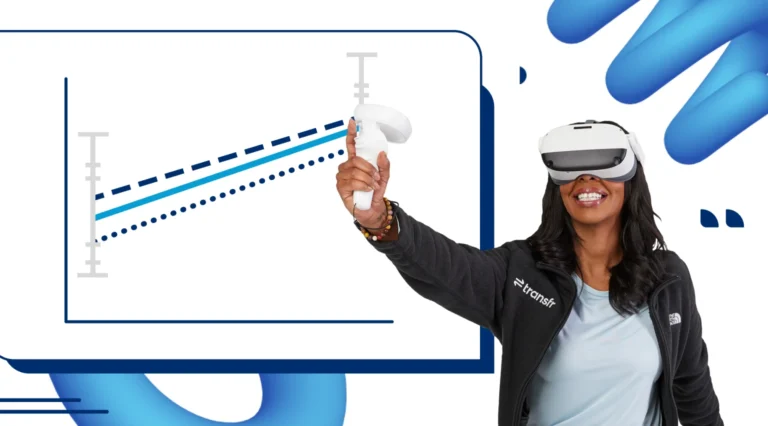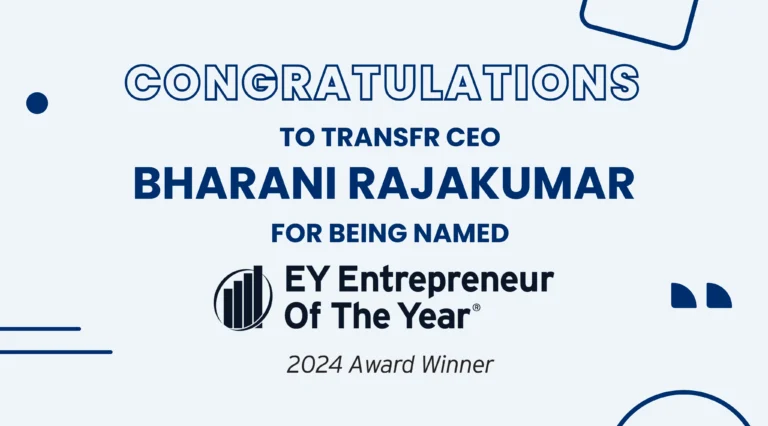Instructional teams across the country are investigating whether it’s worth the money to bring in new technology to help with pain points like finding more recruits for current programs or expanding instructor resources. VR training technology opens up new possibilities for organizations of all kinds, even ones facing tight budgets.
Career and technical education programs are always looking for ways to supplement instructors and bring in more applicants, and VR skills training simulations can aid in both of those struggles. The question that often pops up is: Will the price of a VR solution be worth it in the long run?
Using VR simulations to augment skills training and career exploration helps your facilities budgets go further — whatever your current or future trades/career training looks like, VR can dovetail with your facilities (tools, materials, training vehicles, etc.) to help instructors and students do more with the budget you have. Also, the best way to learn is by making mistakes, and VR provides students with infinite opportunities to practice real-world skills in a low-risk, safe environment — without wasting consumable materials.
VR training is cheaper than building expensive facilities
For many trade careers, it’s natural to want to build out a facility that incorporates as much work-based learning as possible. Not all organizations have the ability to build an entire automotive shop, airplane hanger, or healthcare clinic — not to mention provide all of the necessary tools and consumables that are required as well. With VR skills training, learners are transported to built-out training environments in seconds, with a digital career coach waiting to guide them through tasks that are aligned to industry standards.
Students also receive immediate, personalized feedback to practice and master critical skills. The digital coach gives instructors more freedom to work with other students in the lab setting, helping improve the classroom experience. VR training simulations also provide students with engaging, varied learning opportunities, while ensuring that they receive uniform, high-quality instruction.
Safety issues are another top concern for organizations: Making mistakes can be extremely dangerous, yet they’re necessary in order for people to learn! VR skills training simulations allow learners unlimited practice opportunities in a setting where they can make mistakes without the risks that come with using actual tools. School districts and youth programs have to be mindful of what minors are allowed to experience, and with VR, students can begin engaging with workplace-based learning and career exploration simulations, even when they might be too young to travel to these work-sites in person.
“Transfr gives students a chance to really test out new jobs and do something hands-on and learn a little bit more about the job, rather than just reading, writing, or hearing about it,” says Elizabeth Higginbotham, Career Development Coordinator at Union County Public Schools in North Carolina. “They’re actually getting to do and test it out. The Transfr experience can encourage kids to take their interest a step further. It creates excitement in learning.”
Programs can incorporate the use VR training simulations into the overall cost of setting up any type of CTE lab and stretch their budgets further by lessening consumables spending and other expenditures (specialized tools, etc.). The limitless opportunities of practice without risk, liabilities, and materials puts instructors at ease knowing that students will be safe and saves money.
No consumables or special tools
Instructors of the skilled trades often bring up how expensive the materials are to run certain programs. For instance, in an automotive setting, a simple mistake of mixing the wrong paint colors could lead to thousands of dollars down the drain in seconds. In an aviation training environment, teaching students how to replace broken windows is difficult without having broken windows to fix.
“Transfr has helped me do better in class by putting me in the simulated real life events. I did a window crack repair underneath a Cessna wing and we can’t actually do that in the lab because we actually have to break a window,” Josey Blumenshine says from the Southern Illinois University Aviation Maintenance program. “We can get put in front of the aircraft, inside of it, underneath it. It was really immersive and just showed me good insight into what the industry will be and what I’ll be seeing in the future soon.”
Not only do all of these training programs require expensive materials, the tools that are needed come at a high price themselves. A student who is early in their career search is, therefore, very limited in how much they can actually explore certain careers due to the cost.
“One of the problems in society today is that there’s little to no chance to explore different careers,” says AmSkills CEO Tom Mudano. “How can someone know if they want to be a machinist or work in robotics? The AmSkills Career Discovery Bootcamps allow them to explore these different careers in manufacturing and the Transfr system allows us to provide even more opportunity to show other careers that we might not be able to provide in the program otherwise.”
Help instructors serve more students effectively
Instructors across the country are carrying the weight of most of the struggles that have been mentioned so far. Ensuring that instructors can provide one-on-one, hands-on lab experiences continues to be a challenge as each teacher does their best to address the needs of many students. VR technology allows instructors to work with students individually and in small groups while other students learn via headsets, still receiving personalized attention from the built-in AI coach. The Transfr dashboard allows instructors to see which simulations their students have completed as well as the mastery score. This gives the instructor valuable insight to the student’s level of preparedness for the hands-on learning done in the lab and enables the instructor to individualize the learning experience for each student.
One student from the AmSkills program says, “In virtual reality, the thing I liked the most was the one-on-one attention. It felt like they were right there next to me.”
Jon York from the Indiana Alliance of Boys & Girls Clubs adds:
“Our students are excited. They love it when they get their chance, because we cast a lot. And so they get to watch and then it’s their chance to get up there and do it.”
While one student participates in a simulation, the ability to cast to a screen allows other students to learn simultaneously as well. VR technology allows for all students to practice vital job skills, whether that be with real-life materials or in the headsets.
Opening doors and changing lives with VR
Every piece of equipment or technology that an organization brings on board is a big decision. Budgets are tight across the country and everyone wants to know that the money they spend on a new asset will be worthwhile. From K12 schools to community organizations, industry partners, and workforce development boards, instructors and administrators are floored by the results of using VR in their programs — and what a good investment it is.
“This program using Transfr is creating 5-star recruits,” says Donny Jones, COO of West Alabama Works. “Teachers are empowered and engaged, students are better qualified and ready for success on day one. Students with a higher academic achievement rate are being attracted to industry – creating leaders of the future – and more kids are staying in the community because of local, well-paying jobs.”





